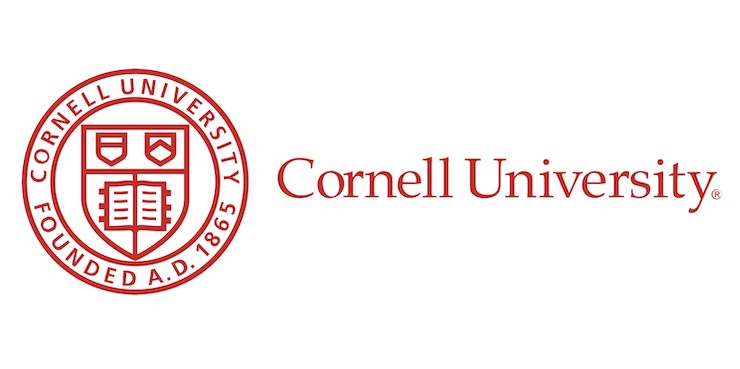Cornell University Combines Aerial and Underwater Drones for Environmental Research

Cornell University is best known for its Ivy League status, world-class research, and commitment to public engagement. Founded in 1865, it has a unique dual identity as both a private institution and the land-grant university of the state of New York. Cornell excels in a wide range of fields, including agriculture, engineering, veterinary medicine, and life sciences. Its College of Agriculture and Life Sciences (CALS), in particular, is recognized globally for advancing sustainability, agricultural innovation, and environmental research. Cornell also operates a network of Cooperative Extension offices across New York, delivering research-based education and outreach to local communities.
Cornell’s integration of drone-based technology into its educational and research programs began in earnest around 2016, when Cornell Cooperative Extension partnered with the 4-H National Youth Science Day to launch a curriculum focused on drone discovery. This initiative introduced students across New York State to engineering principles, flight dynamics, remote sensing, and drone safety. Though early applications were geared toward youth outreach, the effort marked a turning point in how Cornell approached hands-on drone education. Since then, drone-based learning has expanded across multiple colleges and disciplines at Cornell, including agriculture, engineering, and environmental sciences.
In research, Cornell has made notable contributions to the use of drones for ecological monitoring and precision agriculture. One early project led by Ph.D. candidate Charlotte Levy, in collaboration with faculty from the Department of Ecology and Evolutionary Biology, developed a system to measure surface albedo in forests and urban areas using drones equipped with downward-facing light sensors.
These airborne measurements, combined with ground-based stationary sensors, enabled researchers to capture light reflectivity data more flexibly and with higher spatial resolution than traditional methods, providing new insights into climate modeling and ecosystem dynamics. In another example, researchers from the Nutrient Management Spear Program have used drone imagery to assess nitrogen variability in crop fields. By analyzing time-series data from drones and satellites, they created decision-support tools that help farmers optimize fertilizer use and improve yield sustainability.
Dr. James M. Watkins, Associate Director of the Cornell Biological Field Station and Senior Research Associate in the Department of Natural Resources and the Environment, has recently launched one of the university’s latest drone research programs called Incorporating Drones in Ecological Research. Dr. Watkins holds a Ph.D. in aquatic ecology and has authored more than 80 peer-reviewed publications focusing on Oneida Lake, Great Lakes food webs, invasive species (including dreissenid mussels and amphipods), zooplankton dynamics, and fisheries ecology. In his bio, Dr. Watkins states, “I’m interested in both traditional and emerging technological approaches to studying the spatial ecology of aquatic organisms from plankton, benthos, and fish.”
Dr. Watkins has opened the drone research internship to any Cornell undergraduates with an interest in incorporating drones in ecological research. The internship comes with a $6,000 stipend and doesn’t require participants to have prior coursework. Senior Lecturer and Senior Research Associate in Cornell’s Department of Natural Resources and the Environment, Marc Goebel, serves as the internship’s supervisor and mentor. The program began on May 27, 2025, and is expected to be completed on August 1, 2025.
Student interns will be using drones for ecological research in Madison County, NY, on Oneida Lake at the Cornell Biological Field Station. According to the program’s description, “They will work with aquatic and terrestrial researchers to incorporate drones in ecological research. An underwater drone will survey fish habitat and behavior, benthic invertebrate coverage, and unique fields of manganese nodules locally known as pancakes. Aerial drones will be used to assess aquatic macrophyte coverage in nearshore habitat, bird nesting on islands, and forest canopy structure. Video content from the project will be developed into a wide range of extension materials for education and research.”
Through this hands-on internship, Cornell continues to demonstrate how drone technology can be meaningfully integrated into ecological research and public education. By combining aerial and underwater imaging with expert mentorship and real-world fieldwork, the program offers students a rare opportunity to contribute to cutting-edge environmental science. As the demand for remote sensing and data-driven conservation grows, initiatives like this one at Oneida Lake reflect Cornell’s broader commitment to innovation, sustainability, and the practical training of future researchers.
|